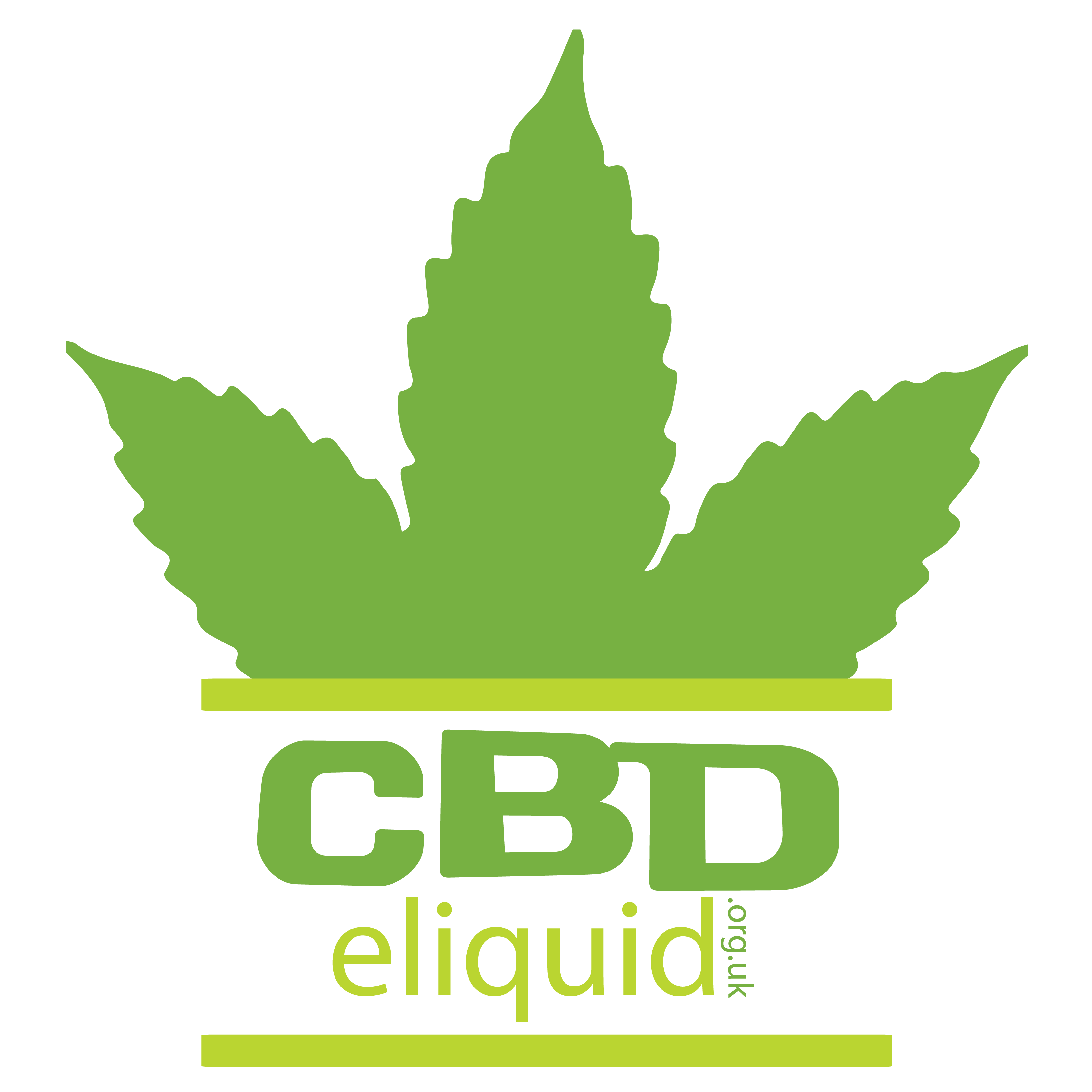WHAT IS CBD OIL AND HOW TO USE IT
In recent times, we have seen a lot of controversy around cannabis. While some US states have decided to legalize their consumption like California, many governments have legislation that remains highly suspicious and restrictive of this substance. However, the CBD has recently appeared on the French market. But how is this product different? Let’s immediately update on its characteristics.
What is CBD?
Unlike THC (tetrahydrocannabinol) – the psychoactive substance of cannabis – CBD causes neither addiction nor psychotropic effect such as drowsiness, decreased reflexes or euphoria. It is indeed this characteristic that makes it fit for consumption in a legal framework. Its effects on health are obviously lower compared to those caused by marijuana, but cannabidiol still have a soothing effect, even anxiolytic.
In fact, the CBD has seen its popularity increase throughout Europe recently, before reaching France a few weeks ago. Since his arrival on the French soil – which has not been done without some passages noticed in the press – some surf on fashion. Between coffee shops and specialty shops, there are many derivative products containing cannabidiol. Among them are herbal teas and other infusions, dried flowers as well as massage oils or e-liquid CBD.
Are CBD products legal?
The use of cannabis is still severely punished by law. However, this is not the case of cannabidiol, which is nevertheless a derivative. Why ? In fact, the CBD has a THC rate of less than the 0.2% allowed by law, which makes it legal for consumption, under certain conditions. Its rapid spread on the European continent did not allow UK legislation to anticipate its arrival, which earned it the nickname “legal cannabis”.
The CBD has thus been able to become democratized thanks to the complexity of its situation: if it is not assimilated to narcotics, its use must still be subject to a restriction since it is a cannabis derivative . But this is not the case for consumers at the moment. On the other hand, we must be wary of sellers who come to market these products in the form of therapeutic remedies or under the name of anti-pain, because this is strictly forbidden: only doctors and pharmacists can deliver drugs.
Usage of CBD oil
Bottles of CBD oil
CBD oil can take many forms as a finished product to consume, one of the most common being in a vial equipped with a dropper. The liquid is most often administered orally, with a few drops poured under the tongue. This method makes it possible to obtain the effects of CBD almost instantaneously.
CBD Oil Capsules
Less common than drip drops, the capsule is another way to consume CBD oil. These capsules are presented as food supplements that are ingested. The effect is slower and stronger, which is why they are usually used by people suffering from chronic pain.
The CBD liquid E
CBD liquid is also often confused with CBD oil. In short, the cannabidiol liquids are made from CBD oil, to which are added the classic substances that create any liquid: propylene glycol and vegetable glycerin.
CBD Oil Extraction
The extraction of CBD oil is done according to 3 main methods:
- Extraction by liquid chemical solvents
A simple method, inexpensive but has a number of disadvantages. First, the oil obtained is not pure since it generally contains solvent residues, potentially dangerous for health.
Ethanol (left), isopropyl alcohol or butane are among the most frequently used solvents for this type of extraction. The method is very simple, just let the whole plants soak in the liquid that will chemically separate the cannabinoids from the plant material. The liquid is then heated to evaporate and leave behind only cannabinoids, terpenes and other substances with various effects. Ethanol, for example, extracts all cannabinoids and terpenes, but also chlorophyll, which can cause some unpleasant side effects. Butane produces a stronger oil than ethanol but leaves residues that are not without risk to health.
Oil obtained by solvent extraction, particularly with some good quality alcohols, is often used in the manufacture of e-liquid cartridges and CBD dyes.
- CO2 extraction
This more complex method makes CBD oil much cleaner, cleaner and healthier than using alcohol or other liquid solvents. The process is also significantly more expensive since it requires the use of sophisticated laboratory equipment: a closed circuit extractor. This supercritical or subcritical carbon dioxide extraction system uses a series of chambers to control the temperature and pressure that will separate cannabinoids from CO2. When the separation is carried out, these are collected in these different rooms. This technique makes it possible to isolate certain cannabinoids to create a concentrated product in a specific molecule, in our case CBD.
A big model of CO2 extractor with closed cup
The product of CO2 extraction is commonly referred to as “pure oil”, not to be confused with “organic oil” made from oil .
- Vegetable oil extraction
The extraction of CBD oil from vegetable oil is the most natural and safest method for health. Olive oil or sesame oil are very effective in extracting cannabinoids. The cannabidiol oils resulting from these processes are often used in the manufacture of creams and ointments but may also be ingested. The shelf life of these oils is usually quite short, so they should be consumed quickly.




